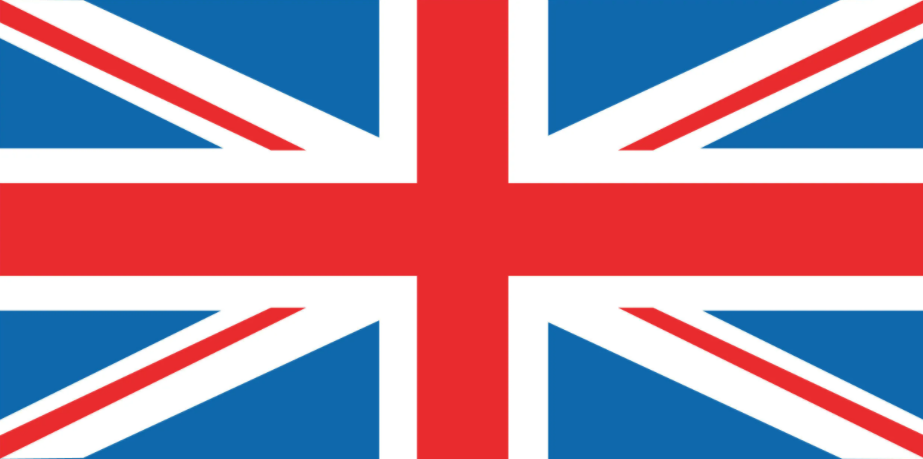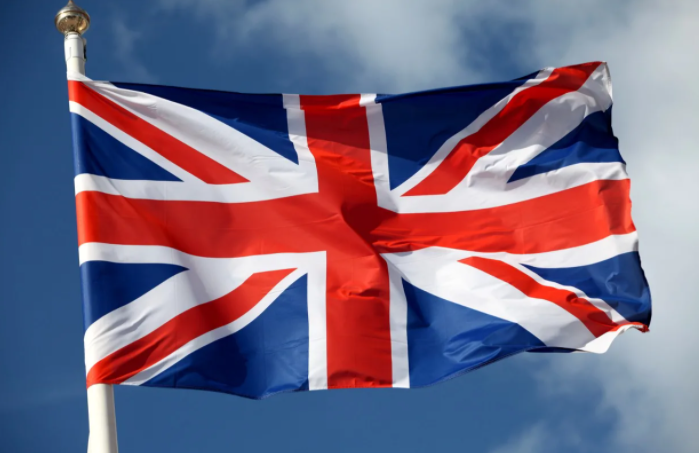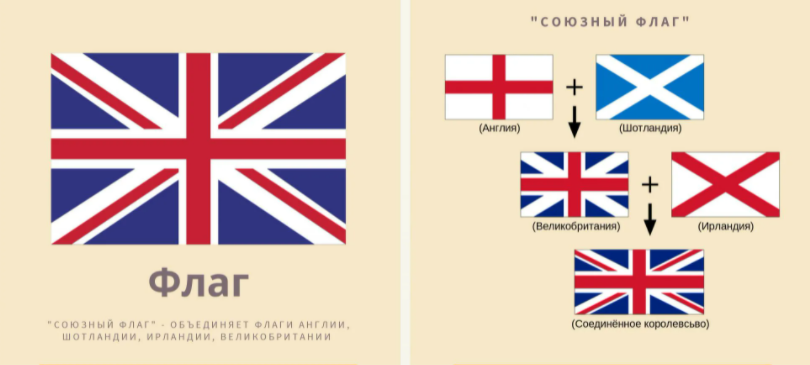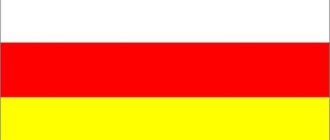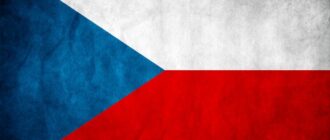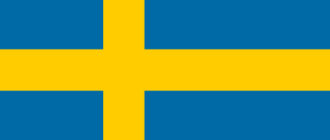The United Kingdom Flag is a national banner representing Scotland, England, Wales, Northern Ireland. All these countries are managed by a single parliamentary monarchy, but each of them has independent symbols.
The history of the creation flag of the United Kingdom
The national symbol is formed by the Assessment of the Crosses of the Saints of the Patronery of England, Scotland (1606), Ireland (1801). Representing the territory that was included in the Kingdom of England as the principality (1282), the Wales symbol did not participate in the creation of the first banner (1606).
- England: Red Cross, Georgievsky. According to legend, Georgy saved the princess of the dragon’s paws, drawing a symbol on her white shield.
- Scotland: White Andreevsky Cross on a blue background. Scottish patron of the XI century, which was crucified in Greece, preaching the Word of God.
- Northern Ireland: the third cross, a red and oblique symbol of St. Patrick, symbolizes relations with Ireland.
Description of the flag of Great Britain
The modern British flag is a harmonious way to demonstrate the combination of three countries, without giving any of them. By the time the first version of the symbol consisting of the Cross of Scotland, England was created, this was considered as the form of the Union. No country was inferior to another.
When Ireland joined the United Kingdom, the symbol was changed again to show that the Irish will have the same rights and relevance that Scotland, England.
All flags of Great Britain
The United Kingdom of Great Britain was formed by integrating several independent, although deeply connected with each other historical units: England, Scotland, Wales, Ireland.
What flags are the United Kingdom flag:
- England. Consists of two colors, a red cross on a white background, and carries a legend that does not disappear with age. The St. George symbol was chosen in honor of the person of the same name, which, as is known, became the patron saint of the British after the victory over the Dragon (XII century). His celebrity is connected with the fact that he defeated the dragon (looks like a devil or Satan, as the book of Revelation) – in the III century, appeared next to the Crusaders on the Holy Land in the II century of our era.
- Scotland. White X-shaped symbol, personifies the Cross of St. Andrew Saint and Saint Scotia Saint Andrew on the Blue Sky. This is one of the oldest symbols, which is still used in the country. He dates back to the IX century, takes his legend about the battle between cats, Gaelic people against angles.
- Ireland. Tricolor – National Symbol of the Irish Republic. It’s three equal groups illustrate the Irish political landscape (1848). Then the symbolism was deployed, almost incentively until independence. The Constitution of 1782 officially made Ireland an independent kingdom. The country has created its own parliament. Irish politicians rejected the first idea to sign Commonwealth (1798).
- Wales. Pictures of a red dragon on a white and green background. This is the official symbol since 1959, but the Red Dragon was associated with Wales for many centuries, especially with the Kadvaladr, the King of the district of Gunedd (VII century). Despite the fact that Wales is an integral part of the United Kingdom, it is not presented at the national coat of arms or more famous for Union Jack.
How many crosses flag Union Jack
The state symbol of the country, officially named the “Union flag”, even better known as “Union Jack”, uses red, blue, white colors. It is depicted by imposing crosses:
- George (red with white edges);
- Patrick (white);
- Andrei (in the form of four red contours).
The Cross of St. George symbolizes England – the Great Martyr, who is considered a patron to today. It is depicted on the coat of arms and is a symbol of knighthood. Sign located Diagonally – Cross of St. Patrick. Regarding his origin, disputes between historians over the years. So it was not possible to find out what order belonged to this symbol.
Blue Background and Cross of St. Andrew – Symbolism of Scotland (Crucifixion of the Apostle of Pristine). This is an ancient national option, which is more often used in the country’s architectural solutions.
